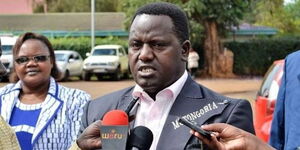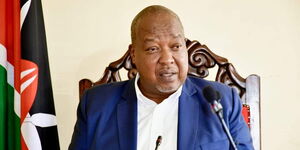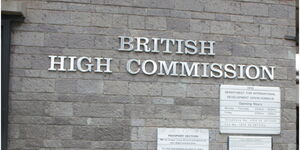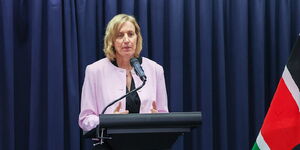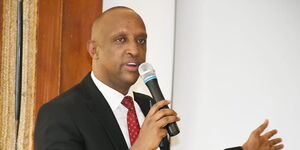The World Bank has urged the government to reconsider adjustments to President William Ruto's flagship project, the Universal Health Coverage (UHC), which birthed the Social Health Insurance Fund (SHIF), amid growing concerns from Kenyans.
In its latest report released on May 27 under the theme Public Finance Review (PFR), the international lender called for a review of both the rollout and the approach to funding the programme, especially the financial burden placed on citizens.
The bank warned that implementing SHIF in an economy dominated by informal employment would pose serious funding constraints, projecting that the scheme would only raise Ksh67 billion annually, far below its Ksh157 billion target.
It also advised the government to exempt low-wage earners in the formal sector from SHIF contributions.
The bank explained that this exemption could help reduce distortions in the labour market, promote formalisation of work, and allow the state to finance SHIF coverage for poor, informal, and low-wage formal workers through the national budget.
Additionally, the World Bank recommended full funding for the Primary Health Care Fund (PHCF) and the Emergency, Chronic and Critical Illness Fund (ECCIF), while plugging financing gaps left by the accelerated exit of donors.
It urged prioritisation of critical health programmes previously supported by the US government and the immunisation drive funded by Gavi, the Vaccine Alliance.
The bank further called for SHIF collections to be concentrated on formal sector workers, with the government directly subsidising contributions for informal workers and vulnerable groups to promote equity in access to healthcare.
The World Bank also advised strengthening health system capacity and equity by resolving staffing shortages and ensuring the availability of key supplies and equipment. It emphasised the need to improve service delivery, especially in underserved regions and among vulnerable populations.
Lastly, the lender proposed governance reforms to enhance efficiency, including better coordination between national and county governments, increased autonomy for hospitals, pooled procurement of medical supplies through KEMSA, performance-based funding, and a rationalised SHIF benefits package that aligns with available resources.
Meanwhile, the report indicates that Kenya’s public debt remains at high risk of distress, with interest payments consuming nearly a third of all tax revenues.
According to the bank, although there have been modest improvements in macroeconomic indicators, Kenya’s fiscal stability is still under strain due to poor revenue performance, sluggish economic growth, and increasing reliance on domestic borrowing.
“Kenya’s fiscal situation is precarious: public debt stood at 68 per cent of gross domestic product (GDP) in 2024, and the risk of debt distress is high,” the report warned.



